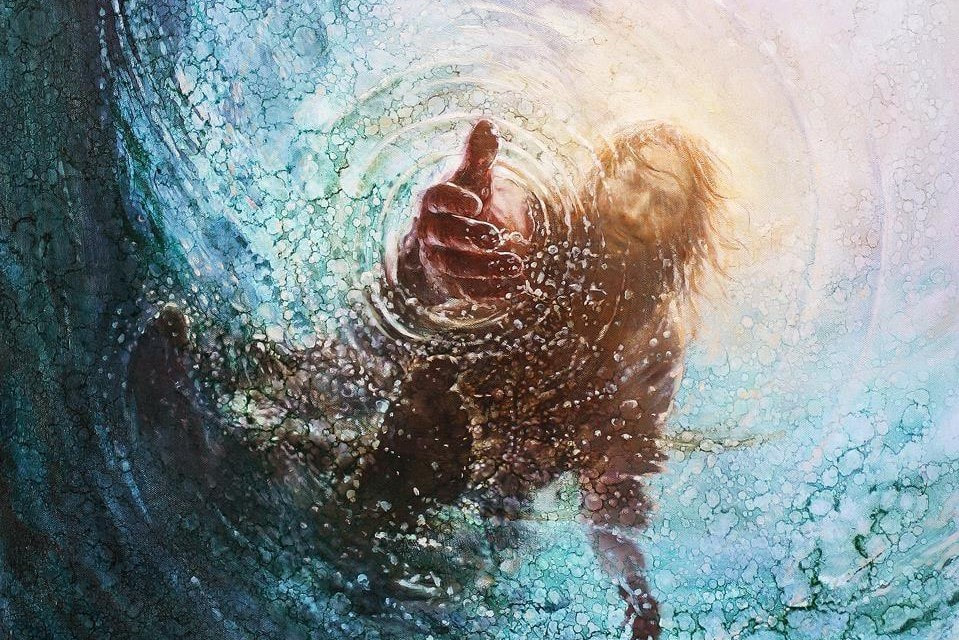|
8/15/2023 0 Comments The Wind and the WavesThe Hand of God, painted by Yongsung Kim A meditation on Matthew 14:22-33, Jesus Walks on Water The Gospel lesson of Jesus walking on the water teaches us several important lessons:
0 Comments
Leave a Reply. |
St. Andrew'sThis blog is about living out our Christian faith in the Anglican tradition. It includes homilies, Sunday services, and commentaries from our leadership. Archives
November 2023
Categories |

 RSS Feed
RSS Feed
